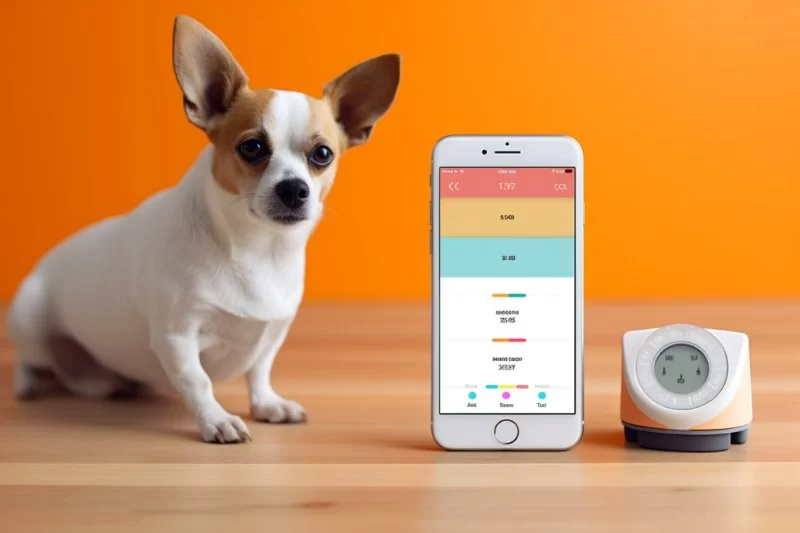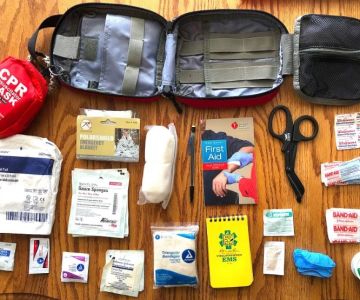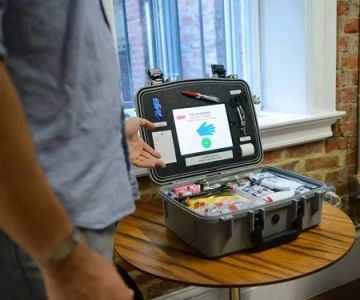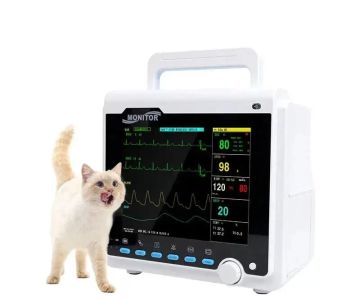Using Technology to Monitor Your Pet’s Vital Signs at Home With Natural Remedies
- - 1. The Growing Role of Technology in Pet Health
- - 2. Understanding Your Pet’s Vital Signs
- - 3. Home Monitoring Devices Every Pet Owner Should Consider
- - 4. Integrating Natural Remedies Into Your Pet’s Wellness Routine
- - 5. Real-Life Story: How Tech and Natural Care Saved a Dog’s Life
- - 6. Tips for Combining Veterinary Care and Home Monitoring
- - 7. Choosing the Right Tools for Your Pet’s Needs
1. The Growing Role of Technology in Pet Health
Technology has transformed the way we care for our pets. Today, pet owners can track heart rates, monitor breathing patterns, and even detect subtle changes in body temperature without leaving home. Wearable collars, smart harnesses, and Bluetooth-enabled stethoscopes give owners immediate access to health data, making it easier to catch early signs of illness.
2. Understanding Your Pet’s Vital Signs
Before you can effectively monitor your pet’s health, it’s important to know what normal vital signs look like. Key indicators include heart rate, respiratory rate, temperature, and activity levels. For example, a healthy dog’s heart rate typically ranges between 60–140 beats per minute, depending on breed and size. Knowing your pet’s baseline will help you spot any sudden or gradual changes.
3. Home Monitoring Devices Every Pet Owner Should Consider
Some of the most popular home monitoring tools include smart collars that track activity and pulse, non-invasive thermometers, and even infrared sleep monitors that record rest patterns. Many devices sync with smartphone apps, allowing you to share detailed health reports with your veterinarian at your next appointment.
4. Integrating Natural Remedies Into Your Pet’s Wellness Routine
Alongside tech-based tracking, many pet owners are turning to natural remedies to improve overall wellness. Calming herbal supplements, essential oil diffusers (pet-safe only), and natural anti-inflammatory ingredients like turmeric can help manage stress, discomfort, and mobility issues. When used responsibly and under veterinary guidance, these approaches can complement medical treatment effectively.
5. Real-Life Story: How Tech and Natural Care Saved a Dog’s Life
One Hidden Brook Veterinary client, a senior Labrador named Max, wore a smart collar that flagged unusual heart rate spikes one evening. The owner, already supplementing Max’s diet with joint-supporting herbs, immediately contacted their vet. The early detection led to a diagnosis of a heart condition that could have gone unnoticed until it was too late. The combination of technology and holistic care gave Max years of comfortable life.
6. Tips for Combining Veterinary Care and Home Monitoring
Technology should never replace professional veterinary care but rather work alongside it. Share your pet’s collected data with your vet to help guide decisions. If you’re using natural remedies, always disclose the specific products and dosages to your veterinarian to avoid possible interactions with prescribed medications.
7. Choosing the Right Tools for Your Pet’s Needs
Every pet is unique. An active young dog might benefit from a GPS-enabled collar and fitness tracker, while an aging cat could use a temperature and hydration monitor. The best results come from combining reliable technology, attentive daily observation, and natural wellness support tailored to your pet’s lifestyle and health history.
With the right blend of monitoring technology and natural remedies, you can take a more active role in your pet’s health, ensuring early intervention and a better quality of life.












